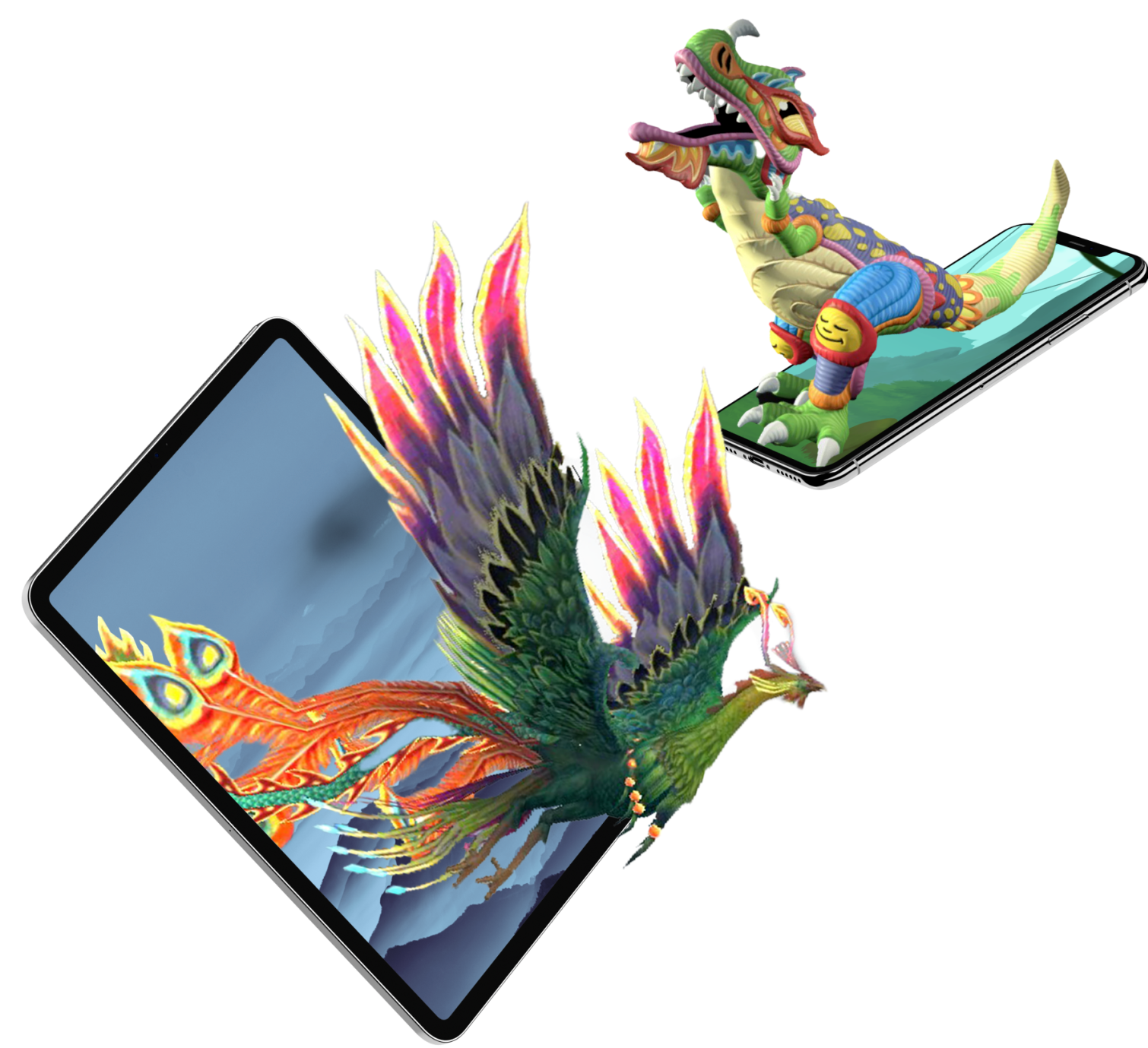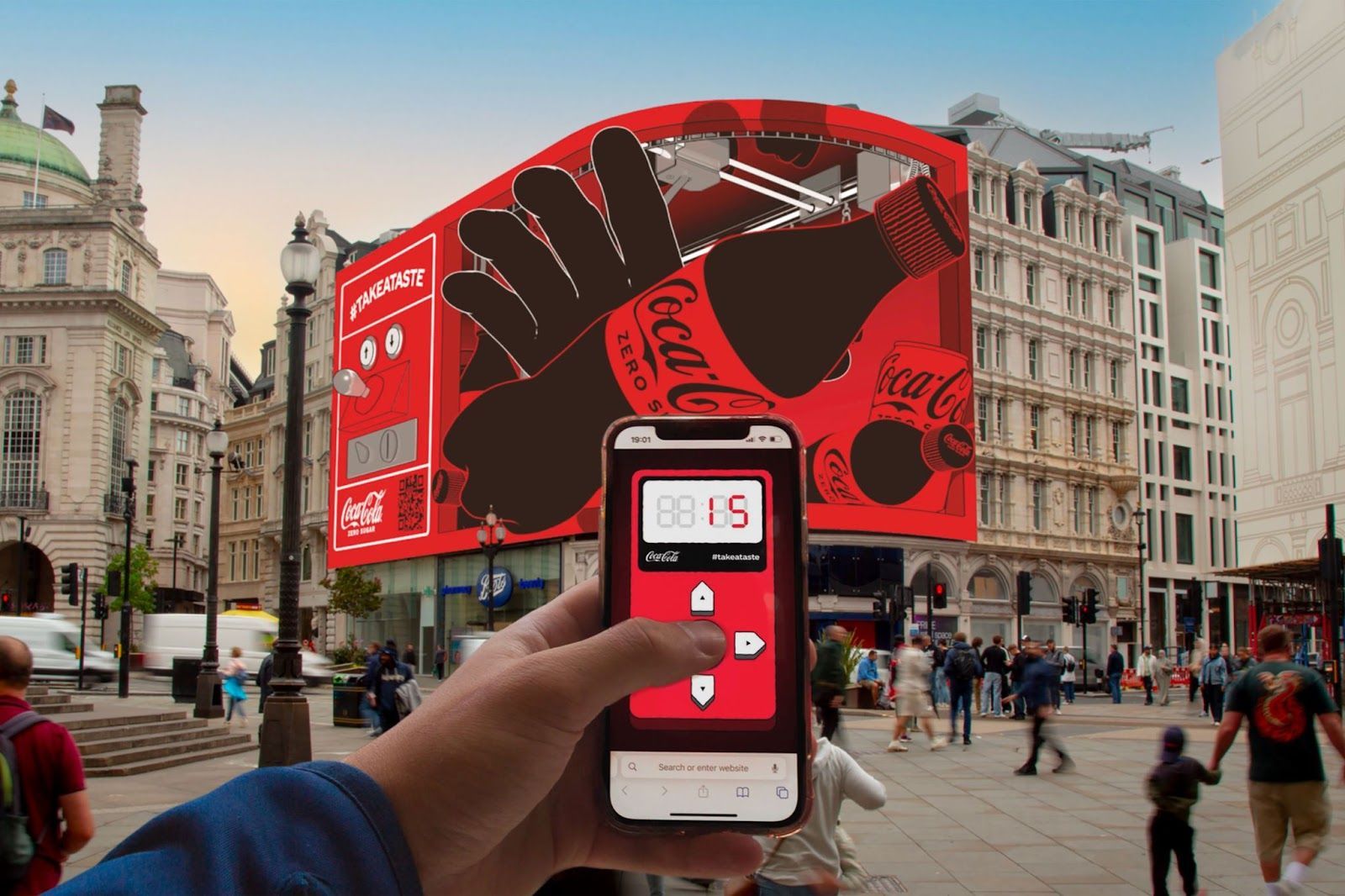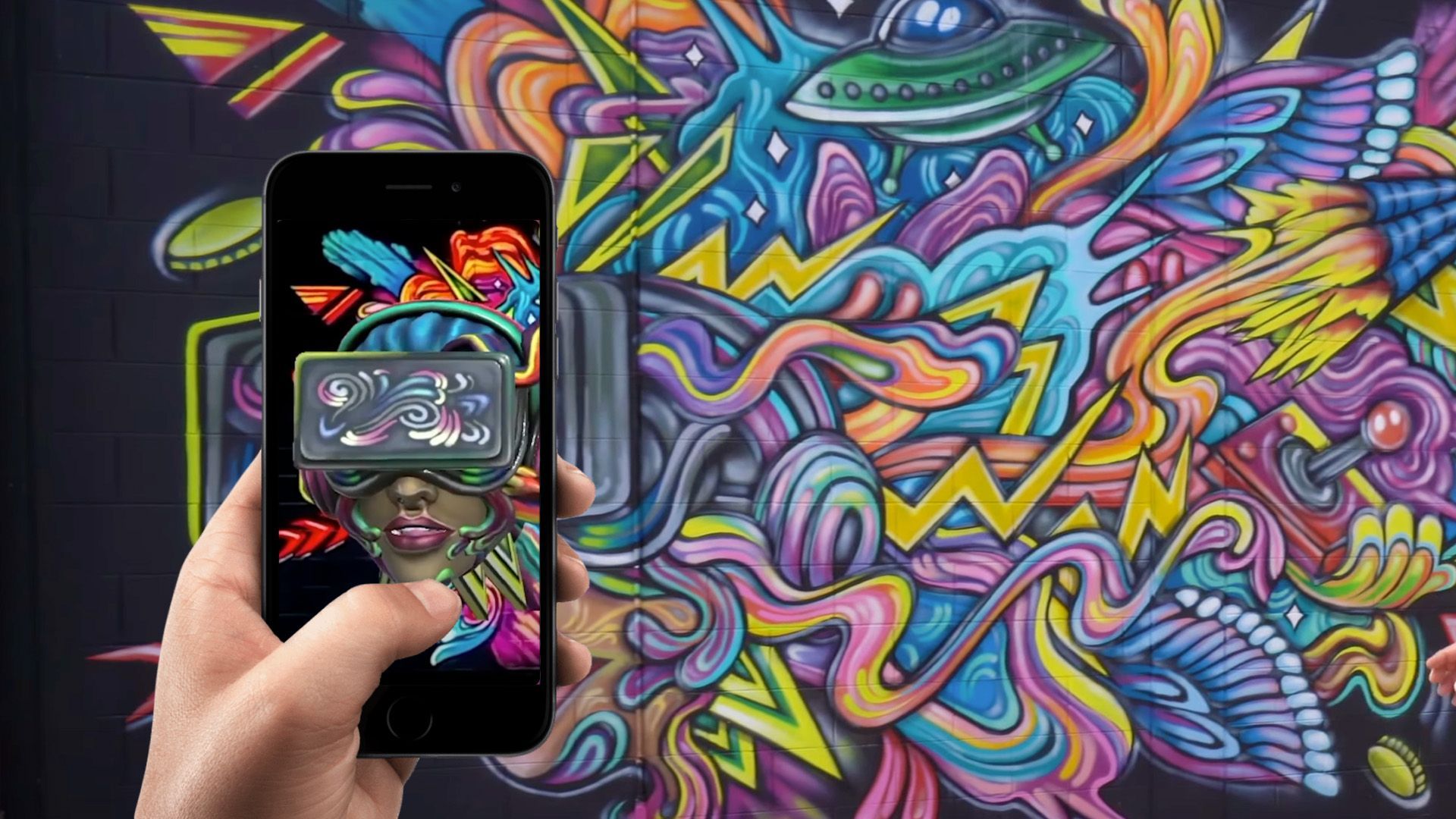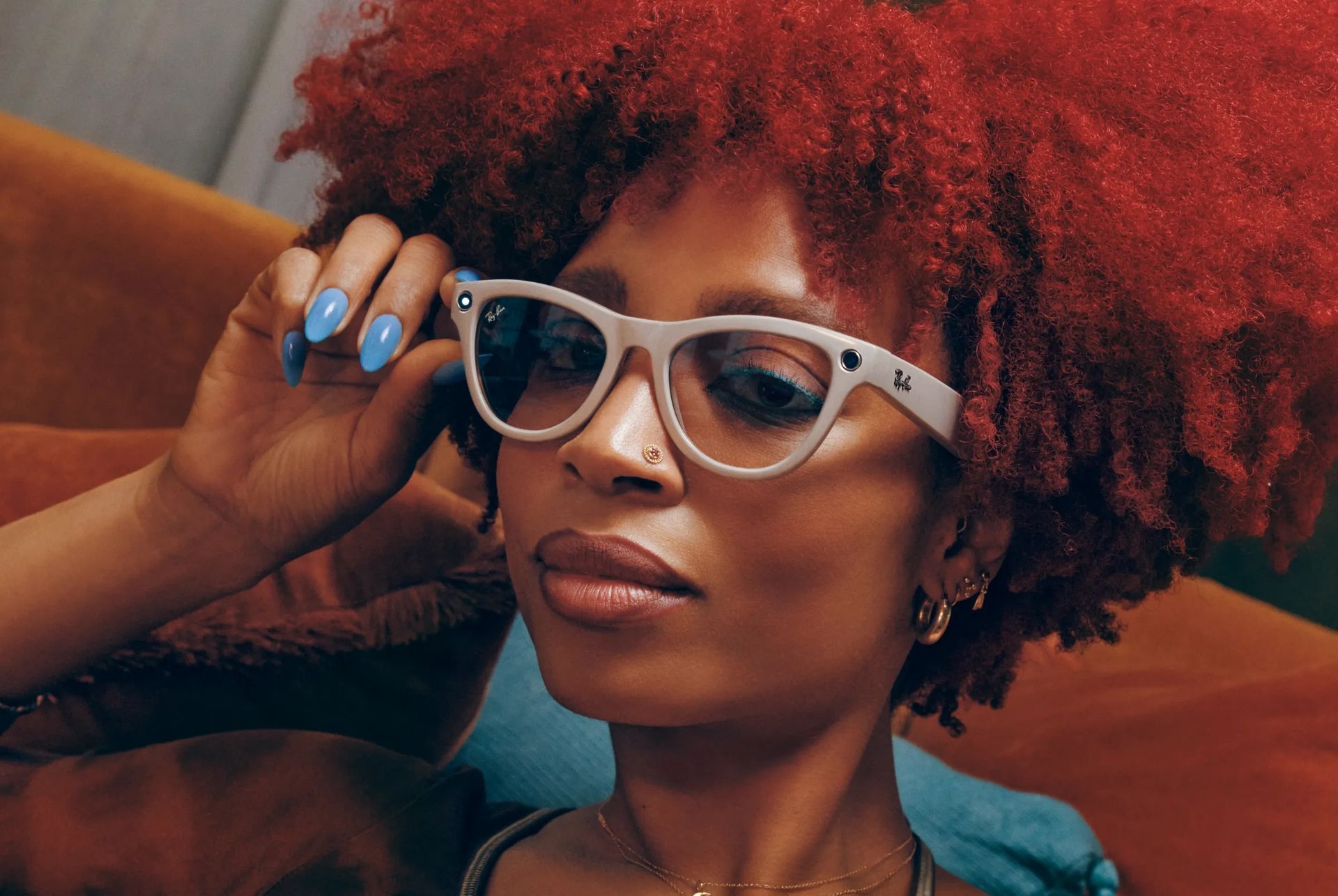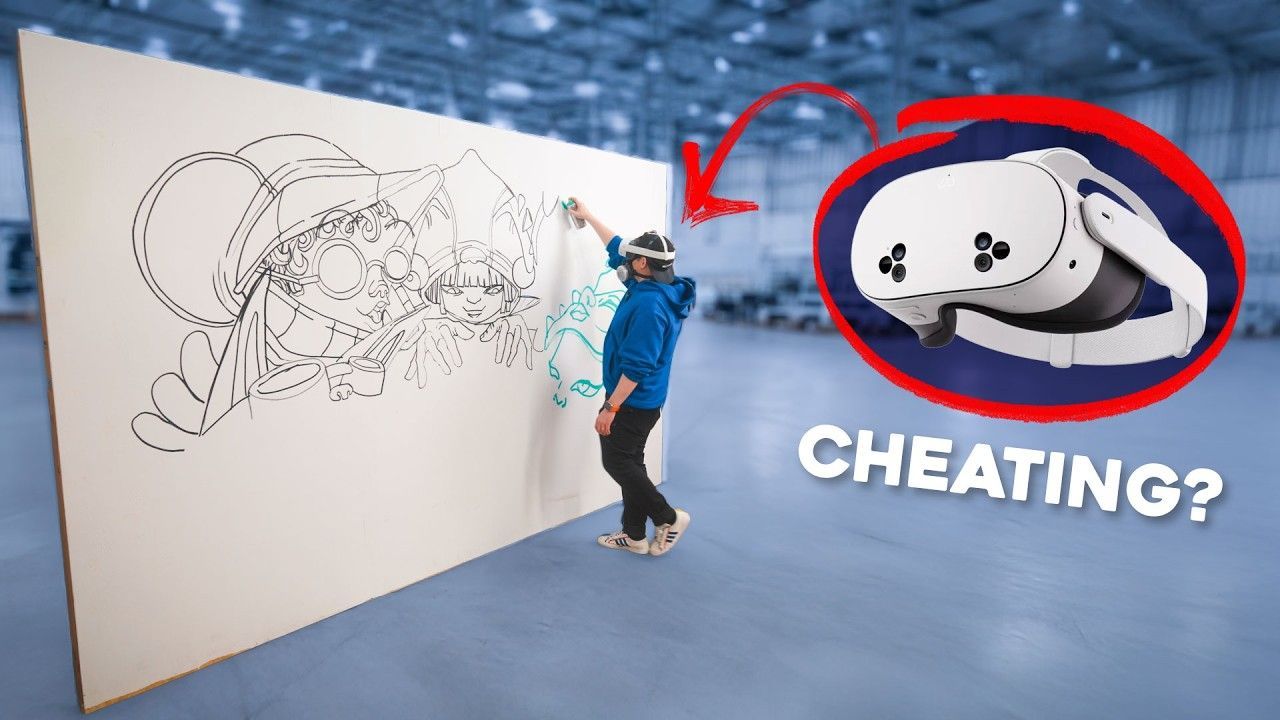Researchers Use Deep Learning to Develop Real-time 3D Holograms
Introduction
The world of technology is undergoing a seismic shift, with deep learning playing a pivotal role in how we understand and interpret information. A prime example of this advancement is the development of real-time 3D holograms. This article delves deep into the intersection of deep learning and holography, highlighting the strides researchers have made in the field.
The Concept of Holography
What is Holography?
Holography is a technique that allows for the recording and subsequent reconstruction of light fields, producing three-dimensional images. Unlike traditional 2D photos, holograms offer a spatially accurate representation, enabling viewers to perceive depth and volume.
Traditional Holography vs. 3D Holography
While traditional holography captures 3D information on a 2D surface, 3D holography takes it a step further by creating lifelike, volumetric displays that users can interact with in real-time.
The Rise of Deep Learning in Holography
The Role of Deep Learning
Deep learning, a subset of machine learning, allows for complex patterns to be recognized in large datasets. By applying these algorithms, researchers can generate holographic images in real-time, pushing past the limitations of conventional holographic methods.
How Deep Learning is Transforming Holography
Researchers leverage neural networks to interpret and simulate light waves, speeding up the computation and rendering of 3D holographic images. This automation and speed offer the potential for real-time applications, from entertainment to medical imaging.
Practical Applications of Real-time 3D Holograms
Medicine and Healthcare
Surgeons could benefit from real-time 3D holographic representations of organs, allowing for precision in surgical procedures.
Entertainment and Gaming
Imagine playing a game or watching a movie where characters and scenes are projected as interactive 3D holograms in your living room.
Education and Training
From 3D representations of historical events to complex scientific concepts, holographic displays could revolutionize the classroom experience.
Challenges and Future Outlook
Limitations
While promising, the tech has limitations in resolution, size, and hardware requirements.
The Future of Deep Learning in Holography
The horizon looks promising with advancements in neural network architectures and computational power. The future may witness more immersive and interactive holographic experiences, reaching even closer to sci-fi imaginations.
Conclusion
The merger of deep learning with 3D holography is no less than groundbreaking. Researchers are on the verge of redefining how we view and interact with the digital world. As the technology matures and overcomes present challenges, we may soon be stepping into an era where the line between the digital and the real becomes remarkably thin.
FAQs
1. How does deep learning make real-time 3D holography possible?
- Deep learning accelerates the interpretation and rendering of light waves, facilitating the rapid creation of 3D holographic images.
2. Are there any current real-world applications of this technology?
- Yes, from medical imaging to entertainment and education, numerous sectors are beginning to harness the potential of real-time 3D holography.
3. What challenges does the technology currently face?
- Current challenges include hardware requirements, image resolution, and the size of holographic displays.
TALK TO A PRO
We're here to bring your brand to life!
Stay Connected with BrandXR
Create Augmented Reality for Free!
Create, Publish, and Measure 3D Augmented Reality Experiences Without Having to Code.
